USFS Pacific Southwest Region Releases Broader-Scale Monitoring Results Viewer
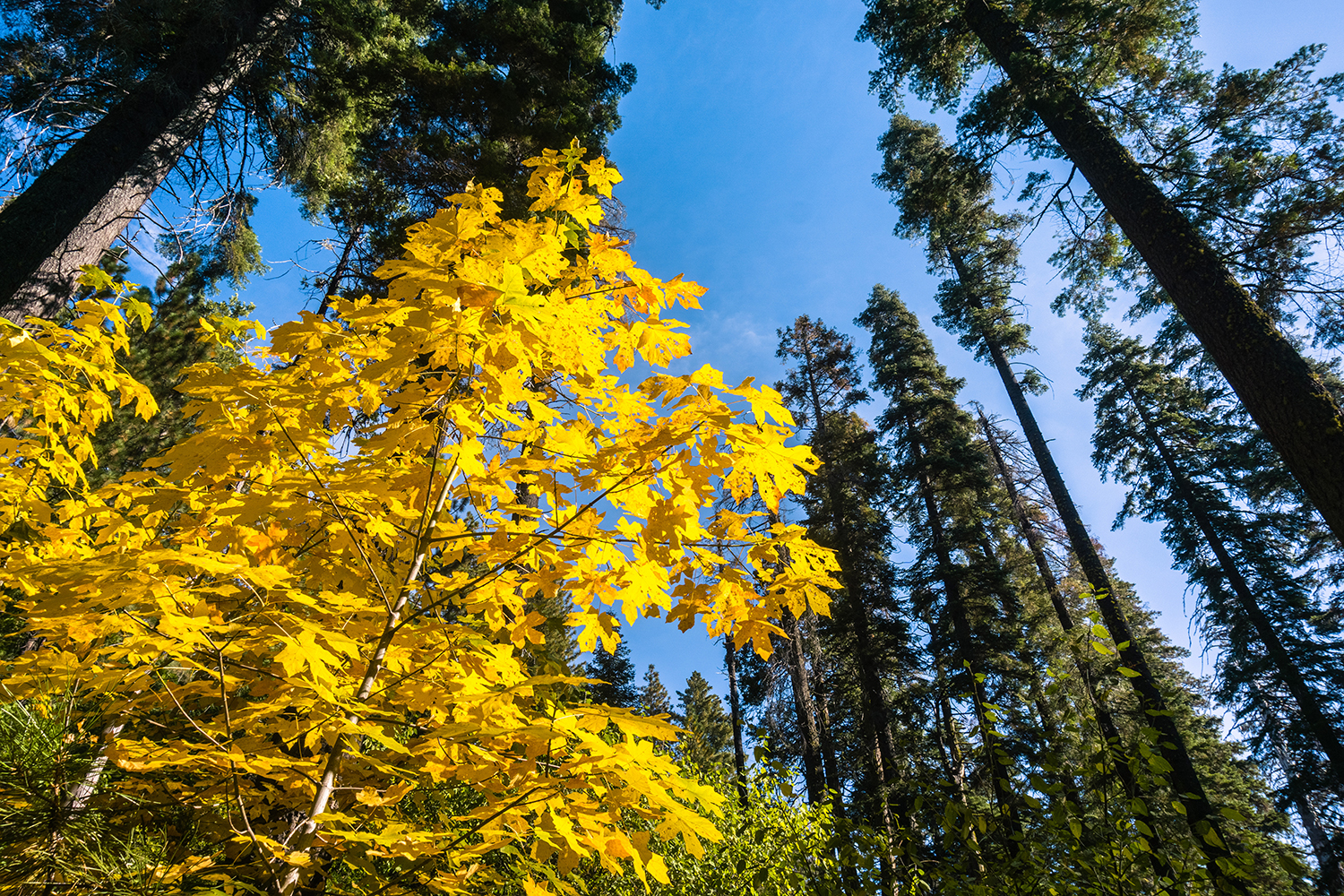
USFS Pacific Southwest Region Releases Broader-Scale Monitoring Results Viewer
A Broader-Scale Monitoring Strategy is an overarching strategy to help answer questions at a broad geographic scale that goes beyond one plan area.
On April 5, 2024, the USFS Pacific Southwest Region released the first results of their Broader-Scale Monitoring Strategy which evaluates the status and trend of social, economic, and ecological conditions on National Forest System lands in California. Monitoring results show that national forests in California have been weakened by chronic stress from climate change as well as climate-amplified disturbances like insect infestation, disease, and wildfire. You can download pdf reports of the results or explore the results and data yourself with interactive features such as dashboards and searchable maps.
SNC Celebrates 20 Years of Impact and Awards $27.5 Million to Forest Resilience & Community Protection Projects
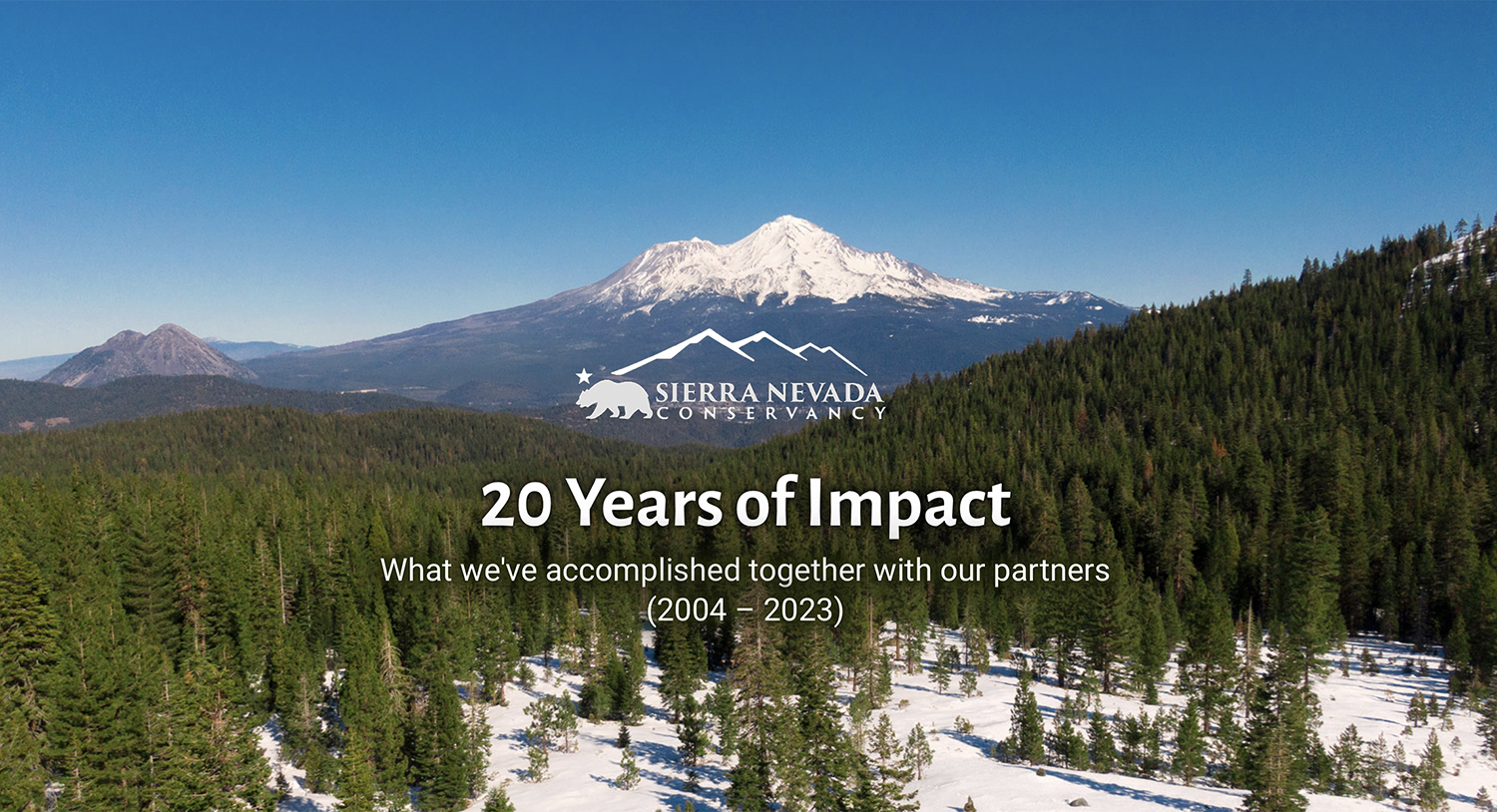
SNC Celebrates 20 Years of Impact and Awards $27.5 Million to Forest Resilience & Community Protection Project
The Sierra Nevada Conservancy (SNC) released a report of accomplishments made with its partners over the past 20 years. SNC is keeping up the good work with the announcement of $27.5 million to 16 different projects that help with the planning and implementation of forest-health efforts that promote recovery and resilience throughout the Sierra-Cascade. Of the 16 projects awarded, eight went to the implementation of shovel-ready projects in Amador, Placer, Plumas, Shasta, Siskiyou, and Tulare counties.
Tahoe Conservancy Grant Supports Joint USFS-Washoe Tribe Project at Meeks Meadow
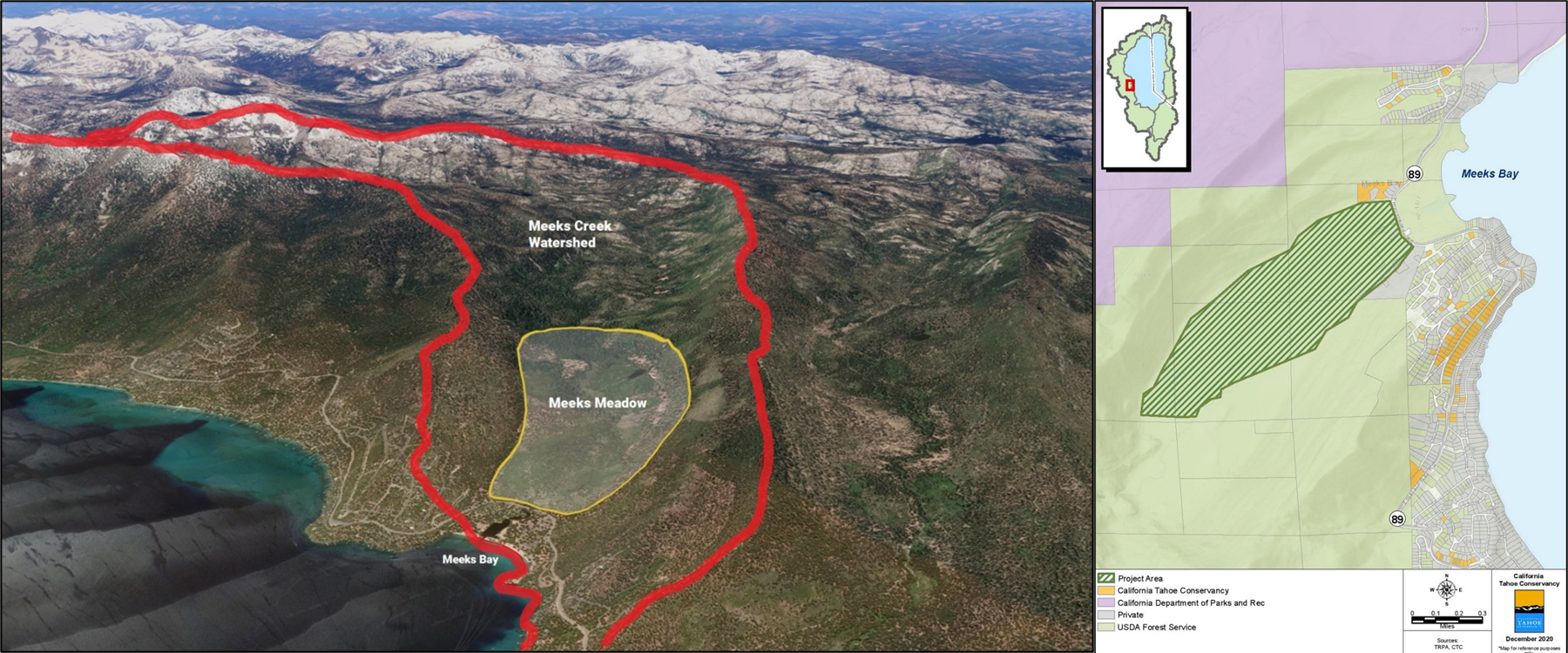
Tahoe Conservancy Awards $600,000 Grant to Support Joint USFS-Washoe Tribe Project at Máyala Wáta (Meeks Meadow)
The California Tahoe Conservancy has awarded a $600,000 grant to the USDA Forest Service Lake Tahoe Basin Management Unit (LTBMU) for forestry operations as part of its joint project with the Washoe Tribe of Nevada and California to restore Máyala Wáta (Meeks Meadow). The absence of low-intensity fire has allowed lodgepole pines to encroach on the meadow, drying the soils and reducing the availability of culturally significant plants. The LTBMU will use these funds, matched by $1 million in federal funds, to remove encroaching conifers from 213 acres of the meadow and thin 70 acres of the surrounding upland forest. This federal, state, and tribal partnership is an excellent example of how Task Force partners can work together to achieve multiple benefits, from improving wildlife habitat to promoting culturally significant plants.
CA Climate Hub Receives USFS Region 5 Partnership of the Year Award
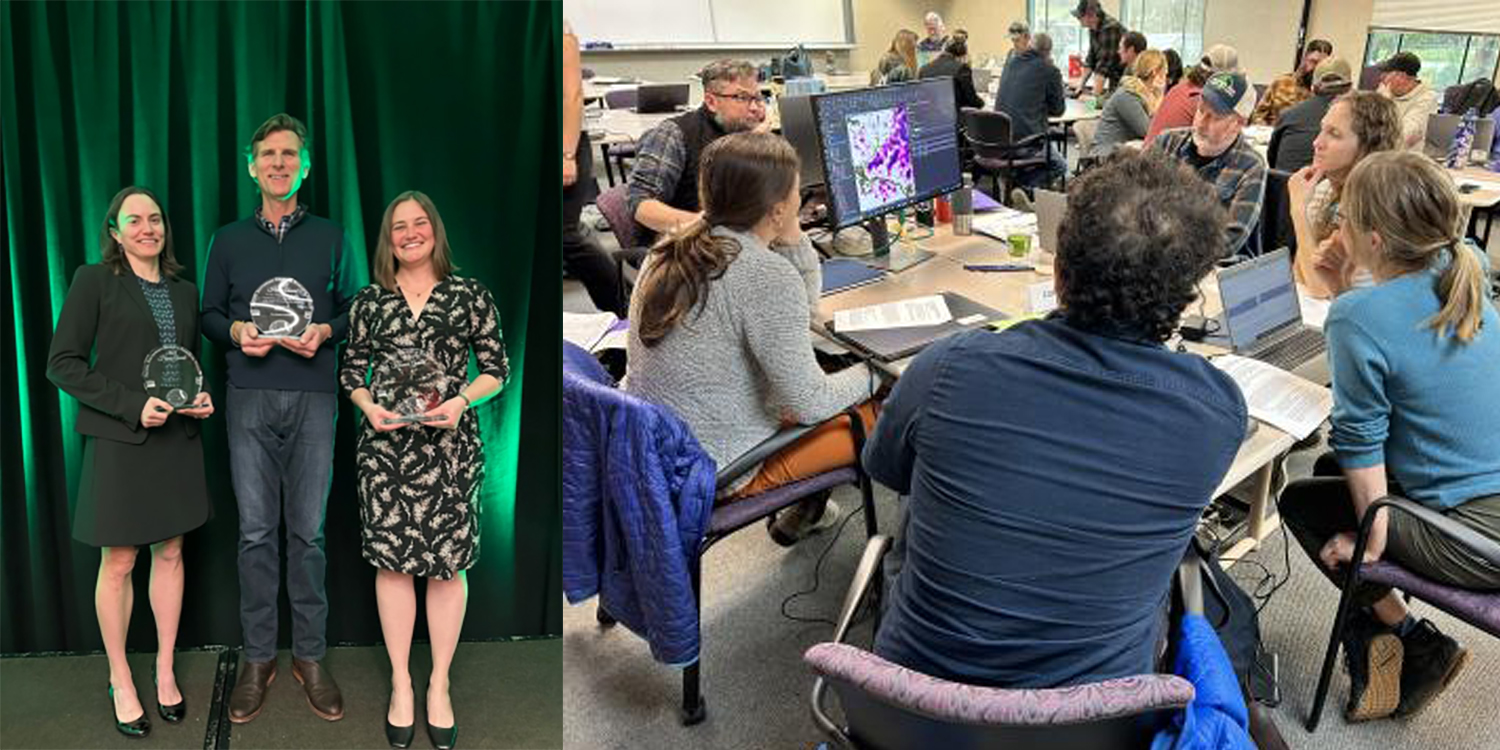
California Climate Hub Receives USFS Region 5 Partnership of the Year Award
The USDA Forest Service Region 5 awarded the California Climate Hub the 2023 Honor Award for Partnership of the Year for their efforts to develop and deliver climate literacy and web-based climate tools trainings. The trainings familiarized participants with relevant information on climate and climate models and provided hands-on experience using two web-based climate data tools: Cal-Adapt and Climate Toolbox. Additionally, the California Climate Hub has designed and delivered a series of workshops focused on the applications of the California Wildfire and Forest Resilience Task Force’s Regional Resource Kits. The most recent workshop gathered forest managers from local, state, and federal agencies at Shasta-Trinity National Forest in Redding.
California RCDs Are Making Substantial Progress on Prescribed Fire
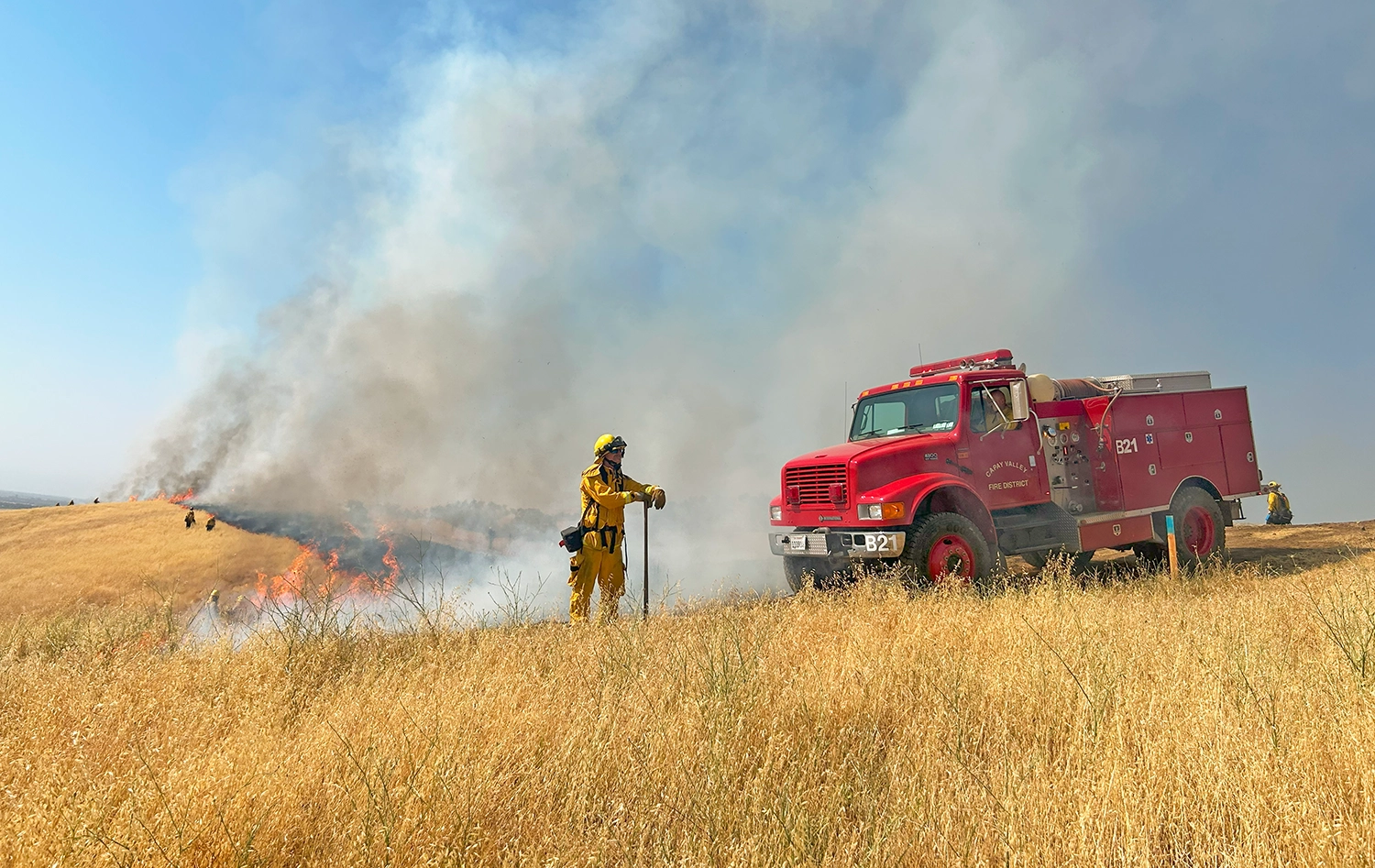
California RCDs Are Making Substantial Progress on Prescribed Burns
Getting beneficial fire to scale is a critical aspect of California’s Wildfire & Forest Resilience Action Plan. In counties throughout California, Regional Conservation Districts are making a significant impact, getting good fire on the ground, and showing the way on best practices for safe, effective prescribed burns.
Here are a few recent highlights, as favorable fall and winter conditions have enabled California’s Resource Conservation Districts to make significant progress on prescribed burns.
In Yolo County
- The Yolo Prescribed Burn Association hosted its first prescribed burn at a private ranch north of Capay on June 17th. It’s a great, full case study on effective beneficial fire.
- Yolo County RCD also recently completed their first Community Wildfire Protection Plan (CWPP). On-the-ground CWPP fuels reduction work has already begun to supplement an annual CAL FIRE prescribed burn.
- Beyond burns, Yolo County Fire Safe Council launched two programs: the Neighborhood Chipper Program and the Reflective Address Sign Program, supplying residents of high fire areas with 111 signs across 81 properties and chipping debris from the creation of approximately 5,589 cubic yards of defensible space.
In Trinity County
- Pile burning activities by Trinity County Resource Conservation District (TCRCD) fuels reduction technicians are contributing to a broader initiative to establish a shaded fuel break along the ridgetop of Browns Mountain to safeguard Weaverville and Lewiston.
- With numerous projects underway, TCRCD remains committed to leveraging controlled burns to enhance landscape health, reduce wildfire risks, and foster long-term ecological resilience. At least 35% of investments benefit residents of disadvantaged communities.
In Butte County
- Butte RCD has built a very active Prescribed Burn Association with over 350 members who are out burning almost weekly. With the addition of a fully outfitted burn trailer, RCD truck, and 125-gallon slip-in fire skid, they plan to step up acreage this spring.
- Local media has taken notice, with coverage by North State Public Radio about neighbors helping neighbors and PBA work near a major evacuation route.
In Placer County
-
- Placer RCD has a state-certified burn boss on staff and a robust program. Their website is full of good content, including videos, pictures, updates, and information about upcoming workshops.
- They also put out a quarterly newsletter titled Forest Steward with lots of high quality beneficial-fire related content and stories.
USFS Invests $179M to Confront Wildfire Crisis
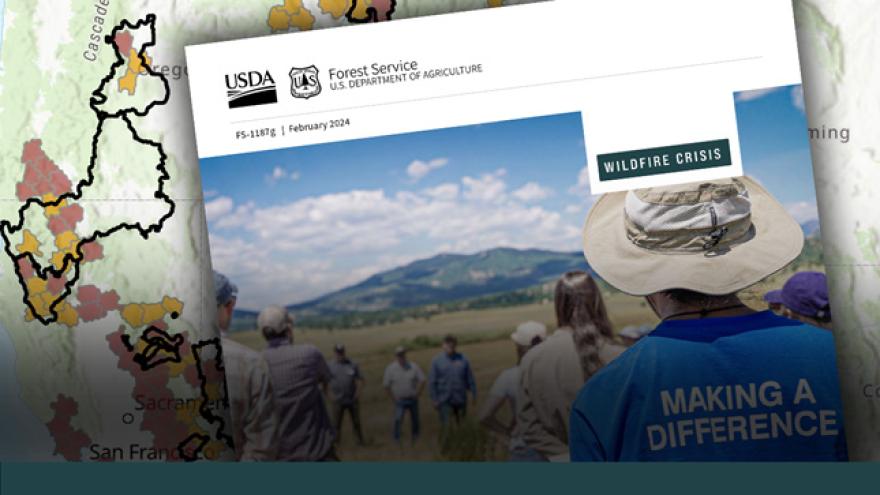
USDA Forest Service Invests Nearly $179 Million for Priority Landscapes in California to Confront Wildfire Crisis
On February 20, the USDA Forest Service announced it will invest nearly $179 million into priority landscapes across California as part of a $500 million national investment to expand work on the Wildfire Crisis Strategy to reduce risk to communities, critical infrastructure, and natural resources from the nation’s ongoing wildfire and climate crisis. This builds on the $2.8 billion already invested by Governor Newsom and California’s Legislature to take proactive actions to reduce catastrophic wildfire risks, protect communities, and restore the health of our landscapes.
“These and other federal investments are vital to match the Governor’s $2.8 billion investment over the last several years. They will also strengthen our partnership with the Forest Service, California’s largest landowner, in taking an ‘all-lands’ approach to improve the health of our forests and the safety of our communities,” said California Wildfire and Forest Resilience Task Force Director, Patrick Wright.
Funding has been designated for the following projects:
| Regional Landscapes | FY24 Allocation |
| Stanislaus | $57,663,352 |
| North Yuba | $16,489,560 |
| Sierra and Elko Fronts (includes CA & NV) | $27,692,340 |
| Klamath River Basin (includes CA & OR) | $36,831,090 |
| Plumas Community Protection | $3,522,500 |
| Southern California | $1,915,000 |
| Trinity | $34,749,886 |
| Total Allocation FY24: | $178,863,728 |
An additional $100 million will be allocated across 24 qualifying states under a new Forest Service program — the Collaborative Wildfire Risk Reduction Program which will expand work in high-risk wildfire areas outside the 21 priority landscapes. The Collaborative Wildfire Risk Reduction Program will use hazardous fuels funds from the Inflation Reduction Act to treat areas in other high-risk wildfire areas where national forests and grasslands meet homes and communities.
Sierra Nevada Conservancy Shares Draft Strategic Plan for Public Comment
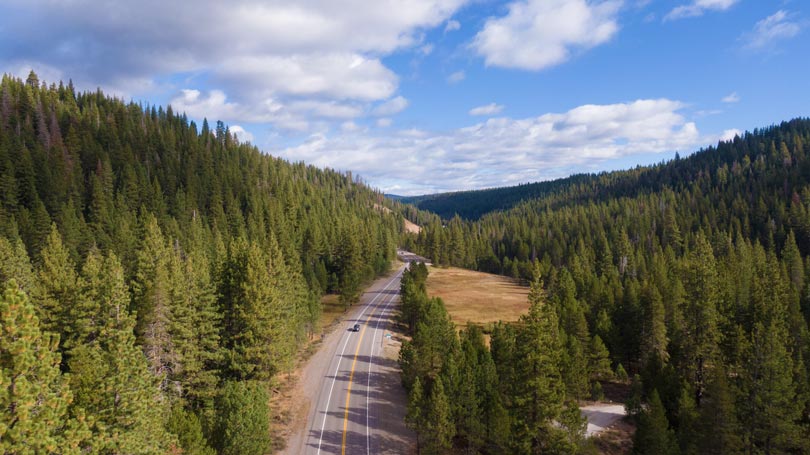
Sierra Nevada Conservancy Shares Draft Strategic Plan for Public Comment
Over the past year, the Sierra Nevada Conservancy (SNC) has been taking stock of the past five years and gathering input from their Board, partners, and the public in order to craft a Strategic Plan for 2024-2029 that will help the SNC best serve the Sierra-Cascade and all of California. Comments on the Draft Strategic Plan can be emailed or delivered in person at SNC’s March 7 Governing Board meeting in Sacramento. Public comment closes Friday, March 8 at 5 PM. After review of public comment, the SNC anticipates that the Board will consider adoption of a 2024-2029 Strategic Plan at its June 2024 meeting.
NOAA Invests $34M in Fire Behavior Prediction
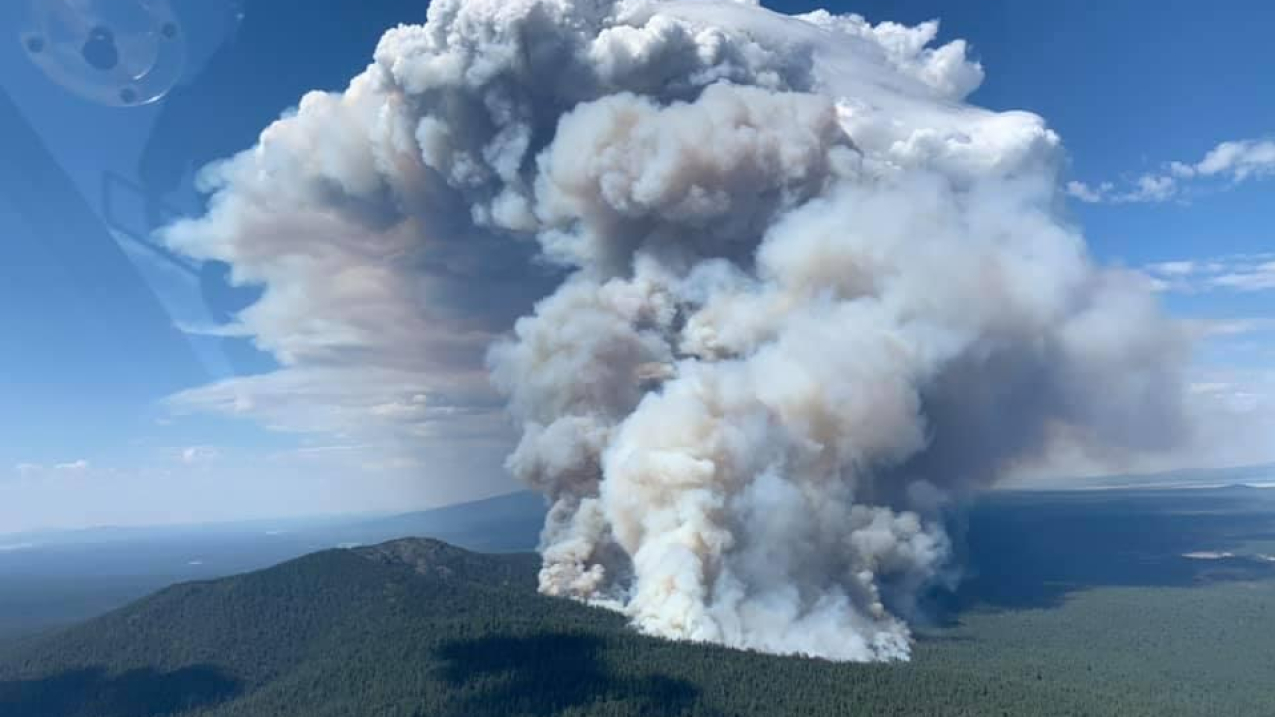
NOAA Invests $34M in Fire Behavior Prediction
The National Oceanic and Atmospheric Administration (NOAA) will award more than $34 million to six research universities in NOAA’s Cooperative Institute system to improve wildfire behavior modeling, forecasting, and wildfire warnings. Over the next five years, the funding will:
- Help NOAA build and deploy new observing systems that detect and monitor wildfires and their impacts.
- Advance high-resolution models to predict fires, emissions, and air quality.
- Establish a new NOAA Fire Weather Testbed that will allow scientists and forecasters to evaluate experimental products and speed their transition to operations.
- Improve the ability of NOAA’s incident meteorologists (IMETs) to provide emergency support at fire locations.
Governor Newsom Introduces 2024-2025 Budget
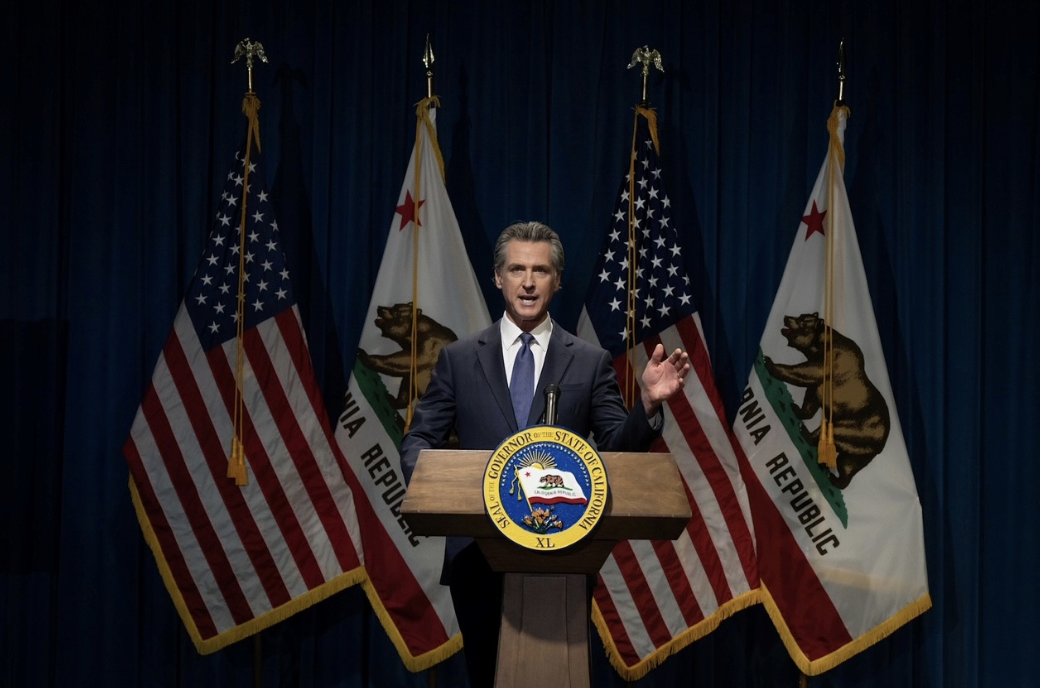
Governor Newsom Introduces 2024-2025 State Budget Proposal
On January 10, 2024, the Governor introduced a budget proposal that closes a $37.86 billion shortfall while protecting key investments in education, public safety, addressing homelessness, mental health care reform, and climate action. PENDING approval from Dept of Finance With regard to wildfire and forest resilience, the budget proposal maintains most of the previously available $2.8 billion in funding from last year, with a reversion of $100.7 million General Fund for various wildfire programs and an increased funding timeline from 4 years to 5 years.
Planscape Adds All Four CA Regions and Launches Plan Journey
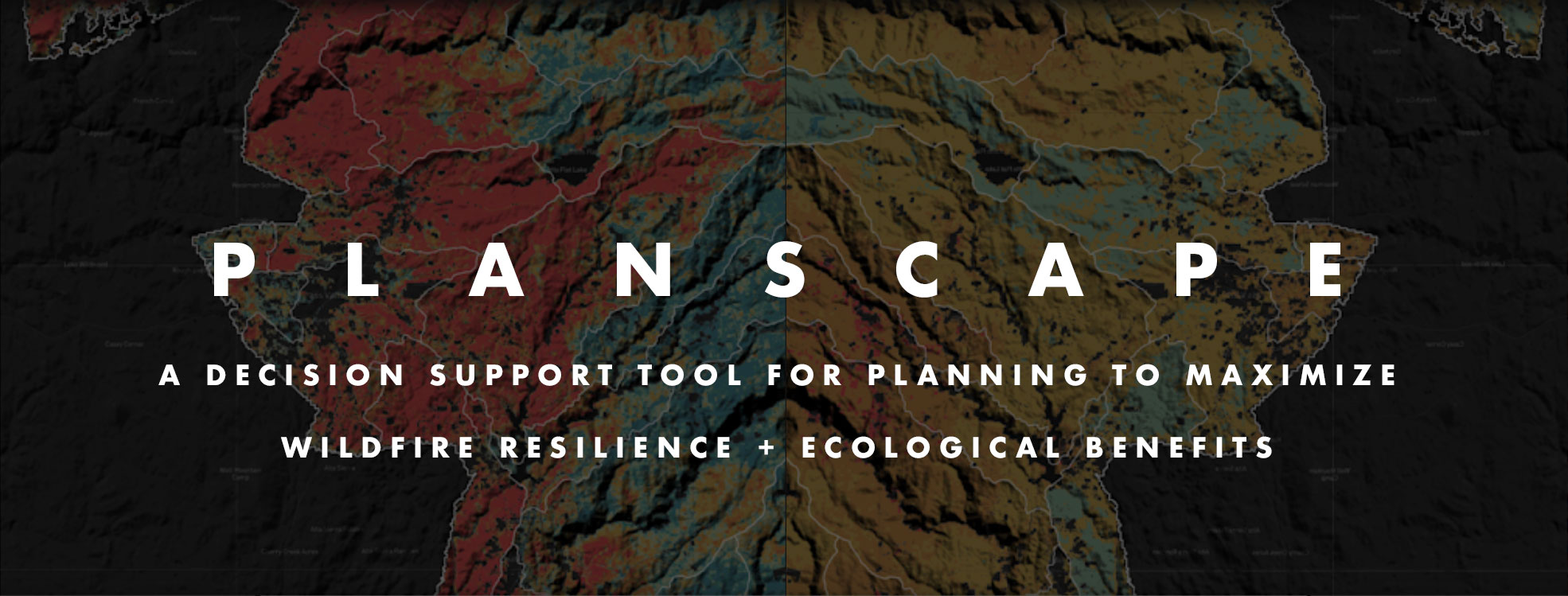
Planscape Adds All Four CA Regions and Launches Plan Journey
Planscape is a free decision support tool built to maximize wildfire resilience and ecological benefits across California. Planscape has expanded its coverage to Northern California and now offers statewide coverage. The recently launched Plan journey helps determine the best locations for land treatment. Planscape is a collaborative effort by the California Natural Resources Agency, the US Forest Service, The University of California, and Spatial Informatics Group (SIG) with support from Google.org.

